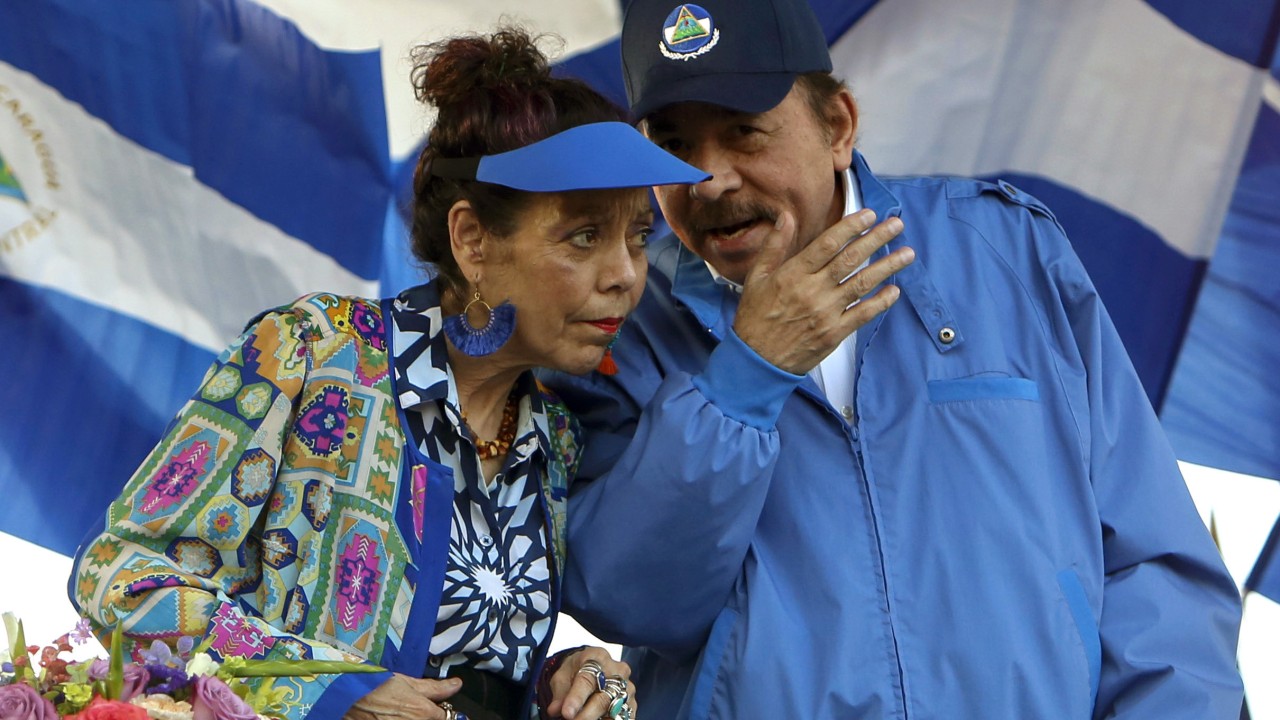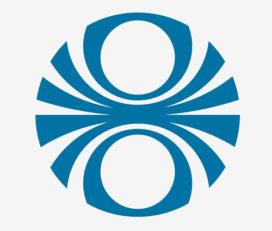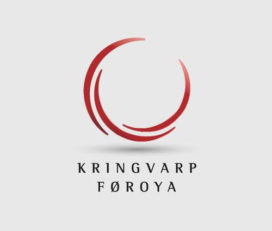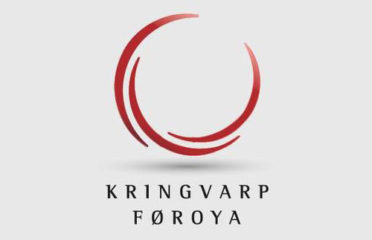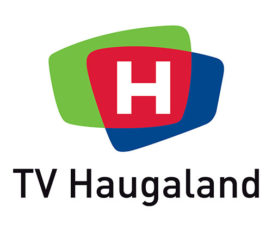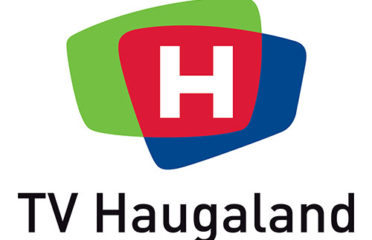La cámara está instalada en Geldingadalur Valley.
La hora en Reykjavík, ISLANDIA (GMT+0).
Volcano Eyjafjallajökull at Geldingadalur Valley, Fagradalsfjall Mountain, on the Reykjanes Peninsula, Southwest Iceland (Islandia).
The light in the night!
Iceland Volcanic Eruption – Drone Footage [4K]
TIMELAPSE: Eruption in Fagradalsfjall (Iceland)
Iceland has 32 volcanic systems currently considered active, the highest number in Europe. The country has had an eruption every five years on average.
The Krysuvik system has been inactive for the past 900 years, according to the IMO, while the last eruption on the Reykjanes Peninsula dates back almost 800 years, to 1240.
But the region has been under increased surveillance for several weeks after a 5.7-magnitude earthquake was registered on February 24 near Mount Keilir on the outskirts of Reykjavik.
That quake has been followed by an unusual number of smaller tremors – more than 50,000, the highest number since digital recordings began in 1991.
The seismic activity has moved several kilometres southwest since the quake, concentrating around Mount Fagradalsfjall, where magma was detected just one kilometre under the Earth’s surface in recent days.
Fagradalsfjall Eruption: before and after
A volcanic eruption started this evening at 20:45 near Fagradalsfjall in Geldingadalur. The eruption is considered small at this stage and the eruptive fissure is app. 500 m long. The magma area is app. 1km2. Lava fountains are small. #eruption #Reykjanes
— Icelandic Meteorological Office - IMO (@Vedurstofan) March 20, 2021
A new video of the eruption at Geldingardalur valley in Reykjanes peninsula. Taken from the Coast Guard helicopter. #Reykjanes #Eruption #Fagradalsfjall pic.twitter.com/B862heMzQL
— Icelandic Meteorological Office - IMO (@Vedurstofan) March 19, 2021
:format(webp)/cdn.vox-cdn.com/uploads/chorus_image/image/68999817/GettyImages_1231828580.0.jpg)
After months of earthquakes, a long-dormant volcano in the southwest of Iceland erupted on Friday night, leading to dramatic videos and splendid red skies near the country’s capital city.
According to the Icelandic Meteorological Office, the eruption near Mount Fagradalsfjall, about 20 miles southwest of Reykjavik, took place at 8:45 pm. Though considered small, the eruption created a fissure about 1,640 feet long, and spewed more than 10 million square feet of lava, sometimes in fountains reaching heights of more than 300 feet.
It was the first volcanic eruption in this part of Iceland — the Reykjanes Peninsula, home to Reykjavik, where most of the country’s residents live — in 781 years. And it was the first time this particular volcano had gone off in about 6,000 years.
« REYKJAVÍK »
Reykjavík is the capital and largest city of Iceland. It is located in southwestern Iceland, on the southern shore of Faxaflói bay. Making it the world’s northernmost capital of a sovereign state.
With a population of around 131,136 (and 233,034 in the Capital Region), it is the center of Iceland’s cultural, economic, and governmental activity, and is a popular tourist destination.






